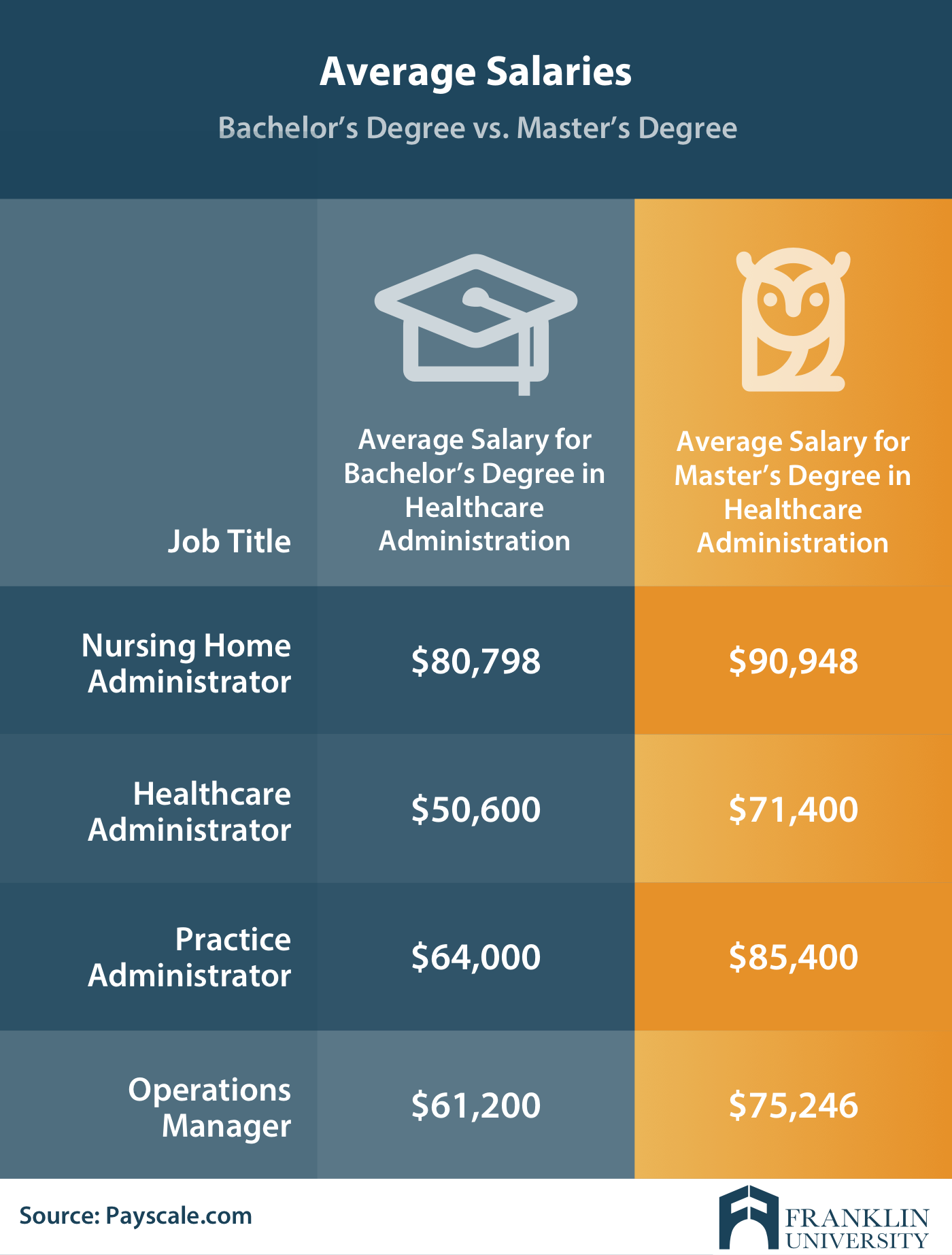Table of ContentsHealthcare Policy In The United States - Ballotpedia for BeginnersUnknown Facts About 8 Health Care Regulations In United States - Regis CollegeHealth Care Policy - Jama Network Fundamentals Explained

It would support insurance coverage premiums for people making up to 400% of the FPL ($ 88,000 for household of 4 in 2010) so their optimum "out-of-pocket" payment for yearly premiums would be on moving scale from 2% to 9.5% of income. The law also plans to offer incentives for organisations to offer health care advantages, prohibit rejection of protection and rejection of claims based upon pre-existing conditions, develop medical insurance exchanges, forbid insurers from establishing yearly coverage caps, and provide assistance for medical research.
Healthcare expenditures are extremely focused with the most costly 5% of the population accounting for half of aggregate health care costs. The https://southeast.newschannelnebraska.com/story/42174669/new-podcast-and-video-help-addicts-find-a-great-hialeah-fl-treatment-center bottom 50% of spenders account for just 3% of healthcare spending. This means that what insurer get from preventing the ill greatly outweighs any possible gains from managing their care.
Rather of offering health security, the health insurance market had, considering that the 1970's, begun to complete by becoming risk differentiators. They sought to only guarantee people with good or typical health profiles and omit those considered to be or likely to end up being unhealthy and therefore less rewarding. According to a research study from Cambridge Health center, Harvard Law School, and Ohio University, 62% of all 2007 personal insolvencies in the United States were driven by medical occurrences, with (75% having had) medical insurance.
Government-run exchanges might provide details to assist in contrast among competing strategies, if available, however previous efforts at developing comparable exchanges just produced combined results. This requirement is expected to minimize the number of the uninsured from 19% of all locals in 2010 to Rehabilitation Center 8% by 2016. Some analysts believe that the 8% figure of uninsured are expected to be mainly prohibited immigrants (5%), with the rest paying the fine unless excused.
: This image portrays the variety of uninsured Americans and the uninsured rate from 1987 to 2008. Some analysts have actually argued that the insurance premium structure may move more costs onto younger and much healthier people. Roughly $43 billion was invested in 2008 offering non-reimbursed emergency situation services for the uninsured, which the Act's advocates argued increased the average household's insurance premiums.
The research studies suggest that making insurance coverage mandatory rather than voluntary will tend to bring younger, much healthier people into the insurance swimming pool, shifting the cost of the Act's increased costs onto them. The function of public health is to enhance the quality of society by safeguarding individuals from illness. Categorize the organizations responsible for public health and great governance The remarkable boost in the typical life span during the 20th century is extensively credited to public health achievements, such as vaccination programs and control of lots of transmittable diseases.
The Main Principles Of Healthcare Policies - List Of High Impact Articles - Ppts ...
These improvements included chlorination of drinking water, purification, and sewage treatment. Public health plays an important function in disease avoidance efforts in both the developing world and in industrialized countries, through regional health systems and non-governmental organizations.: Of or referring to public health, the branch of a science dealing with the spread and control of diseases, bug, principles and so on.
The significant increase in the typical life expectancy throughout the 20th century is extensively credited to public health achievements, such as vaccination programs and control of many transmittable illness consisting of polio, diphtheria, yellow fever, and smallpox; effective health and wellness policies such as roadway traffic safety and occupational security; improved household preparation; tobacco control measures; and programs designed to decrease non-communicable diseases by acting upon recognized threat aspects such as a person's background, lifestyle and environment - how does the health care tax credit affect my tax return.
These improvements included chlorination of drinking water, filtering, and sewage treatment, which caused the Check over here decline in deaths triggered by contagious waterborne diseases such as cholera and intestinal tract diseases. Cutler and Miller in "The Function of Public Health Improvements in Health Advances" demonstrate how typhoid fever deaths in Chicago, Baltimore, Cincinnati, and Cleveland declined after these American cities embraced chlorination, purification, and sewage treatment.
Modern public health is frequently worried about dealing with factors of health across a population. There is recognition that our health is impacted by many factors including where we live, genes, earnings, education and social relationships these are referred to as the social factors of health. A social gradient in health runs through society, with those who are poorest generally suffering bad health.
More recent public health policies looks for to address these health inequalities by promoting for population-based policies that enhance health in an equitable way. Furthermore, with the start of the epidemiological shift and as the occurrence of infectious illness decreased through the 20th century, the focus of public health has actually recently relied on chronic diseases such as cancer and heart problem (health care is what kind of policy).
The World Health Company (WHO) is the global company that coordinates and acts on global public health problems. A lot of countries have their own government public health companies, often referred to as ministries of health, to respond to domestic health concerns. For example in the United States, the cutting edge of public health initiatives is state and local health departments.
The Basic Principles Of Health-related Policies - Implementation - Model - Workplace ...
In Canada, the general public Health Company of Canada is the nationwide company responsible for public health, emergency situation readiness and response, and transmittable and persistent disease control and prevention. The public health system in India is handled by the Ministry of Health & Household Welfare of the government of India with state owned health care facilities.
One location of fast growth and dynamic change within the healthcare industry is that of healthcare policy. what is primary health care. In the present regulatory environment, health care policy is growing to cover everything from the design and implementation of medical insurance prepares to the efficiency and operations of significant healthcare facilities and the policies that keep patients, health centers, and prescription drugs safe.
Therefore, this area of policy focuses on the style and expense structure of medical insurance strategies, federal government insurance coverage programs, public health treatments and policies, and regulations governing the operation of hospitals and clinics. The large majority of healthcare policy professionals work as budget or policy experts within federal or state government.
When new or revised policies are needed, experts will draft proposed modifications that might then be sent out to the legislature for review, argument, adjustment, or enactment. Budget plan experts also deal heavily with health care policies, though their task is to ensure that these policies are fiscally sustainable over the medium-term and long-lasting.
The healthcare industry needs a great deal of its specialists, even those who work in policy instead of in patient-facing positions. To begin in a policy position, professionals should have at least a bachelor's degree in public policy, public administration, public health, or another field that provides some combination of health care and public law skills.

Prospects who want to improve their standing for a competitive policy task need to likewise have the ability to show an innovative degree in a field associated to this position. The most typical of these is a Master of Public Administration degree, but numerous aspiring policy experts and spending plan analysts have actually pursued Master of Health care Administration degrees, Master of Accountancy degrees, or perhaps a healthcare-focused MBA.